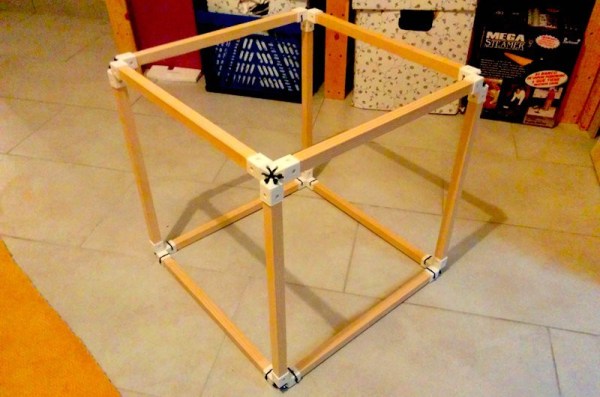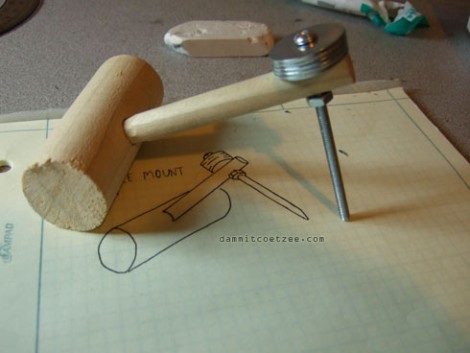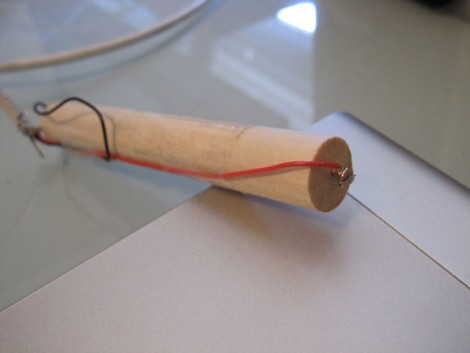While we aren’t heavy-duty woodworkers, we occasionally make some sawdust as part of a project, and we admire people who know how to make wood and do what they want. We were surprised when [Newton Makes] showed a wooden dowel that was quite long and was mostly hollow. The wall was thin, the hole was perfectly centered, and he claimed he did not use a drill to produce it. Check it out in the video below and see what you think.
We don’t want to spoil the surprise, but we can tell you that making something that long with a drill or even a drill press would be very difficult. The problem is that drills have runout — the bits are usually not totally centered, so the bit doesn’t spin like you think it does. Instead, it spins and rotates around a small circle.


















